Spilled Something on the Sofa? Don’t Panic. Read This First.
Over my two decades in the upholstery business, the most common call I get always starts with a hint of panic. It’s usually about a brand-new sofa and a tipped-over glass of red wine. Or a rogue marker in the hands of a toddler. Or, the classic, a morning coffee cup that took a tumble. That sinking feeling in your stomach? It’s universal.
In this article
Your beautiful sofa, the heart of your living room, is now marked. And my first piece of advice is always the same: take a deep breath. Seriously. What you do in the next five minutes is way more important than what you might try to do an hour from now.
So many people instinctively grab the nearest all-purpose spray and start scrubbing like their life depends on it. To be frank, this is often the worst thing you can do. You can easily push a simple spill deep into the fibers, turning a fixable spot into a permanent stain. I’ve seen it happen more times than I can count. This guide isn’t about magic tricks; it’s about understanding what you’re working with, knowing your enemy (the stain), and using the right technique to fix it without making things worse.
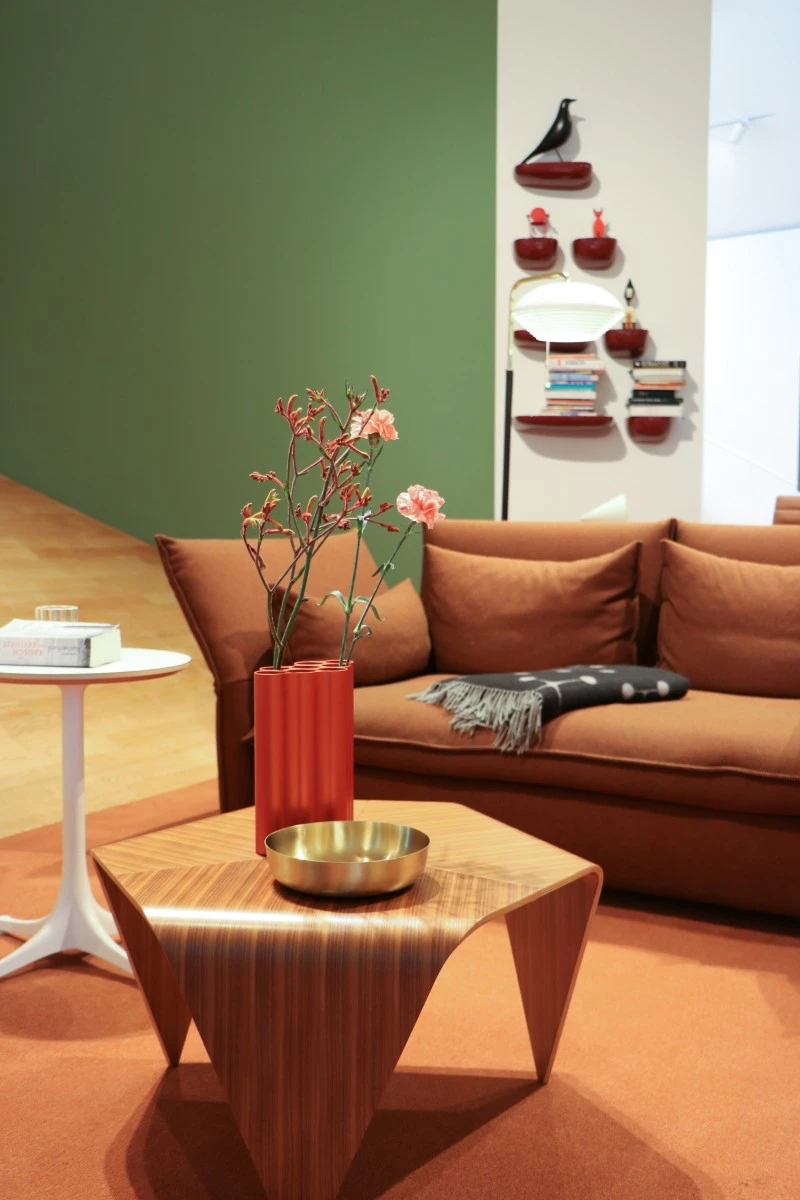
First Things First: Find Your Sofa’s Secret Code
Before you even think about touching a cleaner to that spot, you need to play detective. Somewhere on your sofa, usually under the cushions or attached to the frame, there’s a small tag with a cleaning code. This tag is the single most important piece of information you have. Ignoring it is like throwing out the instructions to a piece of IKEA furniture—you might figure it out, but the risk of disaster is high.
These codes are the industry standard, and they’re there to protect your investment. Here’s the breakdown:
- Code W: This is the one you’re hoping for. ‘W’ means you can use water-based cleaners. These fabrics are generally tough synthetics like polyester or nylon and are the most forgiving.
- Code S: This stands for ‘Solvent.’ It means you must use a water-free, solvent-based cleaner. Heads up! Using water on a ‘Code S’ fabric will almost certainly leave a giant, permanent water ring or cause the colors to bleed. These are often natural fibers like cotton, linen, or certain velvets that don’t play well with moisture.
- Code W/S: This gives you options. You can use either water-based or solvent-based cleaners. My professional advice? Always start with the gentlest method first. That means trying a water-based solution before escalating to a solvent if it doesn’t work.
- Code X: This is the ‘Do Not Touch’ code. It means vacuum only. No water, no solvents, no cleaners of any kind. Attempting to clean an ‘X’ fabric will almost certainly ruin it. We’re talking delicate materials like some silks or damasks. If you have a ‘Code X’ sofa, stain removal is a job for a professional, full stop.
By the way, if you can’t find a tag, you have to assume your fabric is delicate (treat it like Code S or X). Always test any cleaner on a hidden spot first, like on the fabric at the very back or underside of the sofa. Let it dry completely before you decide if it’s safe.

Your Sofa Stain-Fighting Toolkit
Okay, so you found your code. Now what? The goal is to dissolve the stain and lift it out, not grind it in. Here’s how you tackle the most common types.
For ‘Code W’ Fabrics (The DIY-Friendly One)
You don’t need fancy chemicals here. My go-to secret weapon for most ‘W’ fabrics is ridiculously simple: mix about a teaspoon of clear, unscented dish soap into two cups of cool water. That’s it. Put it in a spray bottle. Your entire ‘Code W’ toolkit—a spray bottle, some white microfiber cloths, and the dish soap—will probably cost you less than $15.
For ‘Code S’ Fabrics (The Solvent Solution)
This sounds intimidating, but it’s not. For these fabrics, you need a can of ‘Upholstery Dry Cleaning Solvent.’ You can find it at big-box hardware stores like Lowe’s or Home Depot, or easily online. Look for brands like Blue Coral or ForceField; a can will usually run you between $15 and $25 and is great to have on hand. Did you know the reason water is so bad for these fabrics? Water can displace the dyes or finishing agents in the fibers, and when it evaporates, it leaves that tell-tale ring. A solvent evaporates too quickly to cause that issue.

The Proper Blotting Technique (This is CRUCIAL)
Now for the most important part: the actual cleaning. How you apply the cleaner is everything.
A common mistake is spraying the cleaner directly onto the sofa. Don’t do it! This can oversaturate the area. Instead, lightly dampen a clean, WHITE cloth with your cleaning solution. Using a white cloth is key to make sure you don’t accidentally transfer any dye from the cloth to your sofa.
Next, start blotting the stain from the outside edge and work your way inward. This keeps the stain contained and prevents it from spreading into a bigger smudge. Gently press, lift, and check your cloth. You should see the stain transferring from the sofa to the cloth. Use a fresh part of the cloth for each blot. Patience is your friend here. Keep blotting until the stain is gone.
When to Wave the White Flag and Call a Pro
Let’s be real for a second. Sometimes, a stain is out of your league. If you’re dealing with any of the following, it might be time to call in a professional:
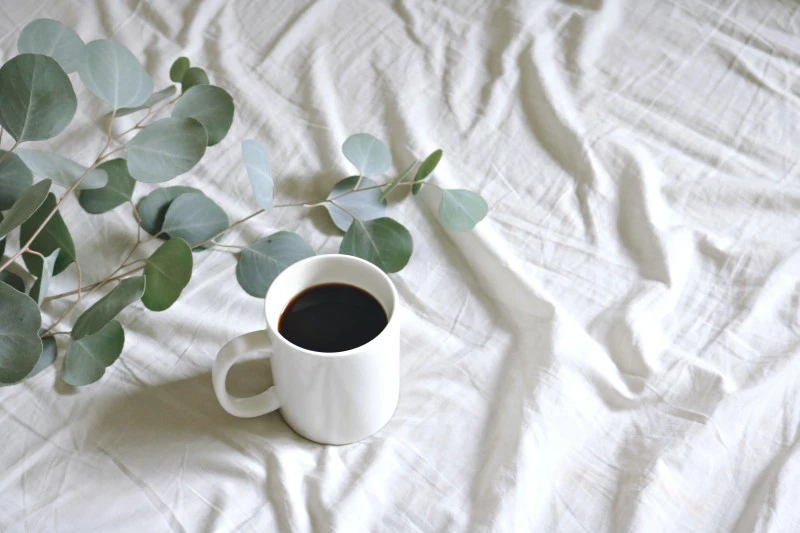
- The stain is older than a day or two.
- The stained area is larger than your fist.
- The stain is from something tough like ink, blood, or pet urine, especially on a light-colored sofa.
- You have a ‘Code X’ or a very delicate ‘Code S’ fabric.
A professional cleaning might cost between $100 and $200, which can feel steep. But when you compare that to the cost of a new sofa, which can easily be a few thousand dollars, it’s a smart investment.
Oh, and here’s a quick win for you. Your mission for today, even if your sofa is spotless: go find that cleaning tag right now. Take a picture of it with your phone and save it in an album called ‘Household Info.’ Boom. You’re now more prepared than 90% of homeowners for the next spill. You’ve got this.
Inspiration:
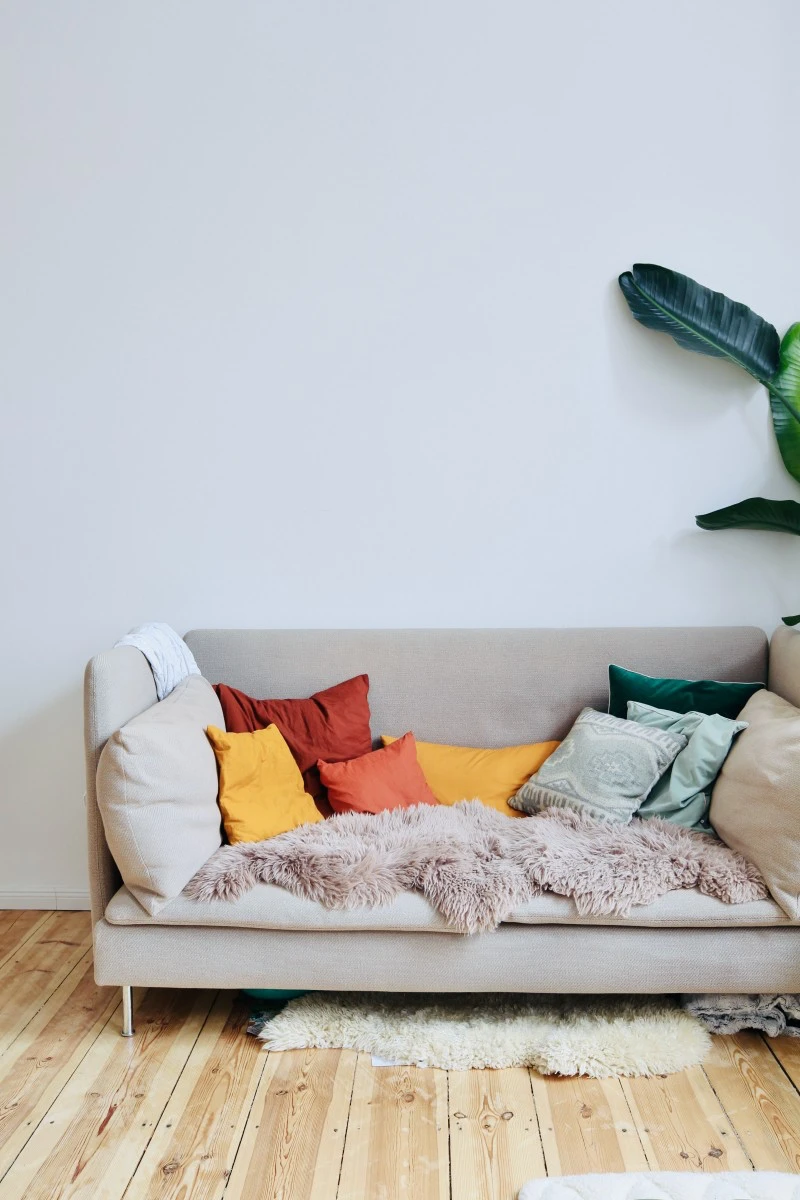
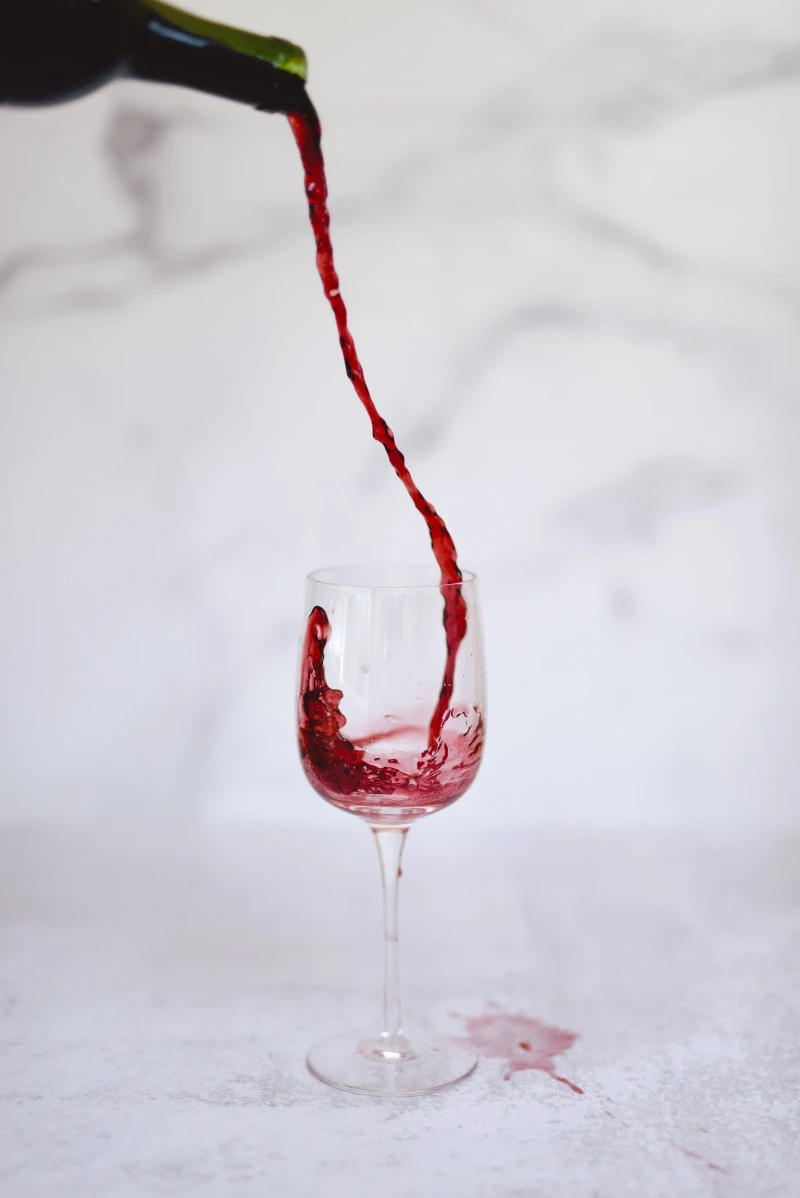
The Stain-Fighting First-Aid Kit: Be prepared before disaster strikes. Keep a small, dedicated kit near your living area with these essentials:
- Two white microfiber cloths (one for blotting, one for rinsing).
- A spray bottle with distilled water (prevents mineral deposits).
- Baking soda for absorbing oil and odors.
- A bottle of clear rubbing alcohol for ink or stubborn spots on ‘S’ code fabrics.
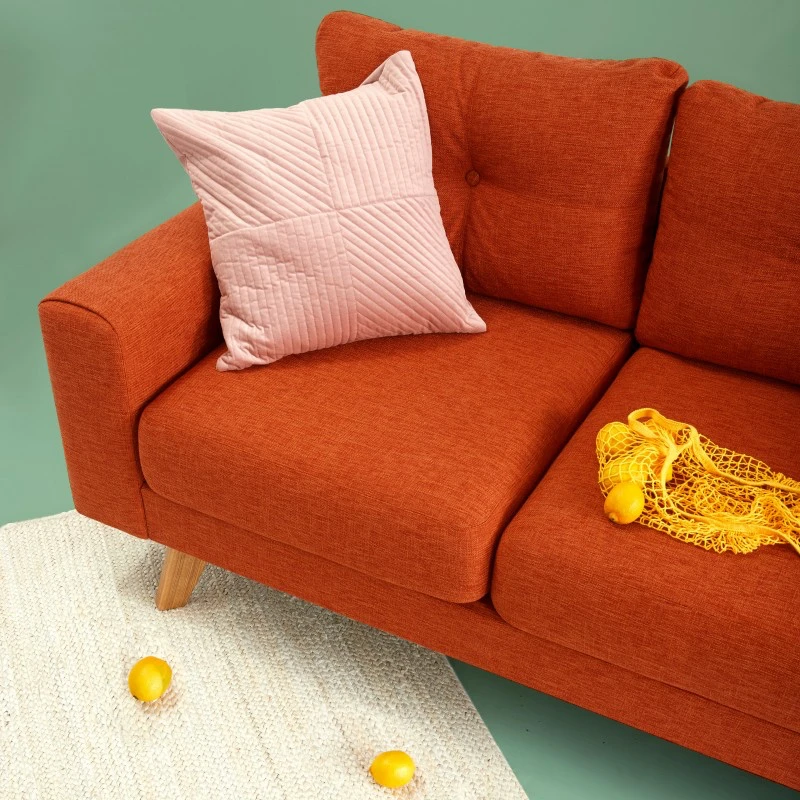
A single microfiber is over 100 times finer than a human hair.
This incredible fineness is why microfiber cloths are non-negotiable for stain removal. Their vast surface area and star-shaped fibers trap and lift spill particles instead of pushing them deeper into the upholstery. They absorb significantly more liquid than a cotton or paper towel, minimizing the initial damage.
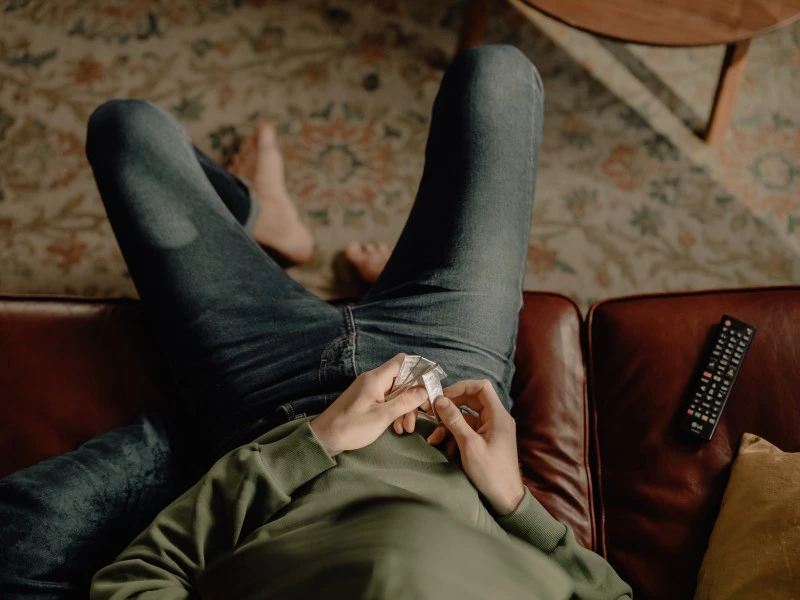
What if the stain is gone but an odor remains?
For organic smells from milk, pet accidents, or food, an enzymatic cleaner is your best bet. Products like Rocco & Roxie Supply Co. Stain & Odor Eliminator don’t just mask smells; they release active enzymes that break down and consume the odor-causing organic matter. It’s a scientific solution for a biological problem.
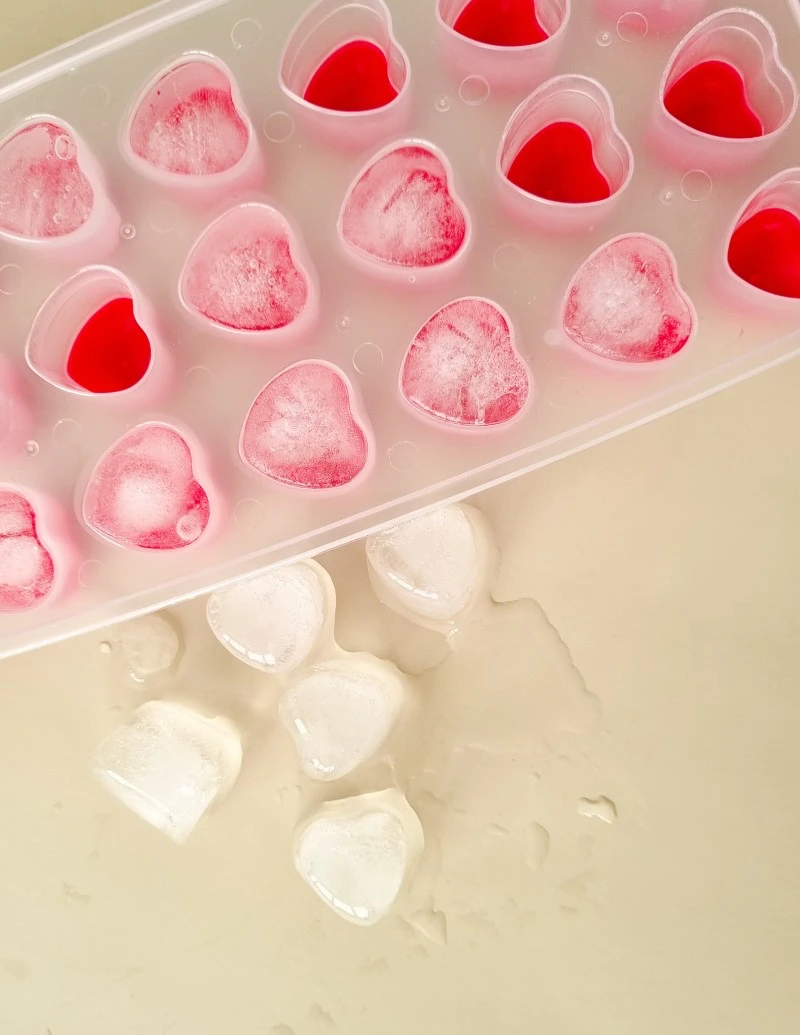
The Golden Rule: Always blot, never rub. Frantically scrubbing a fresh spill grinds the stain into the sofa’s fibers and can permanently damage the texture, creating a fuzzy or worn patch. Use a clean, dry cloth and apply firm, gentle pressure, working from the outside of the stain inward to contain it.

- Prevents unsightly ‘water ring’ stains on delicate fabrics.
- Effectively breaks down oil, grease, or makeup stains.
- Avoids discoloration or color bleeding on natural fibers.
The secret? Knowing when to skip water. For sofas with a ‘Code S’ tag (meaning solvent-clean only), water is the enemy. A dedicated dry cleaning solvent, like ForceField Dry Clean, is the professional’s choice for these situations.
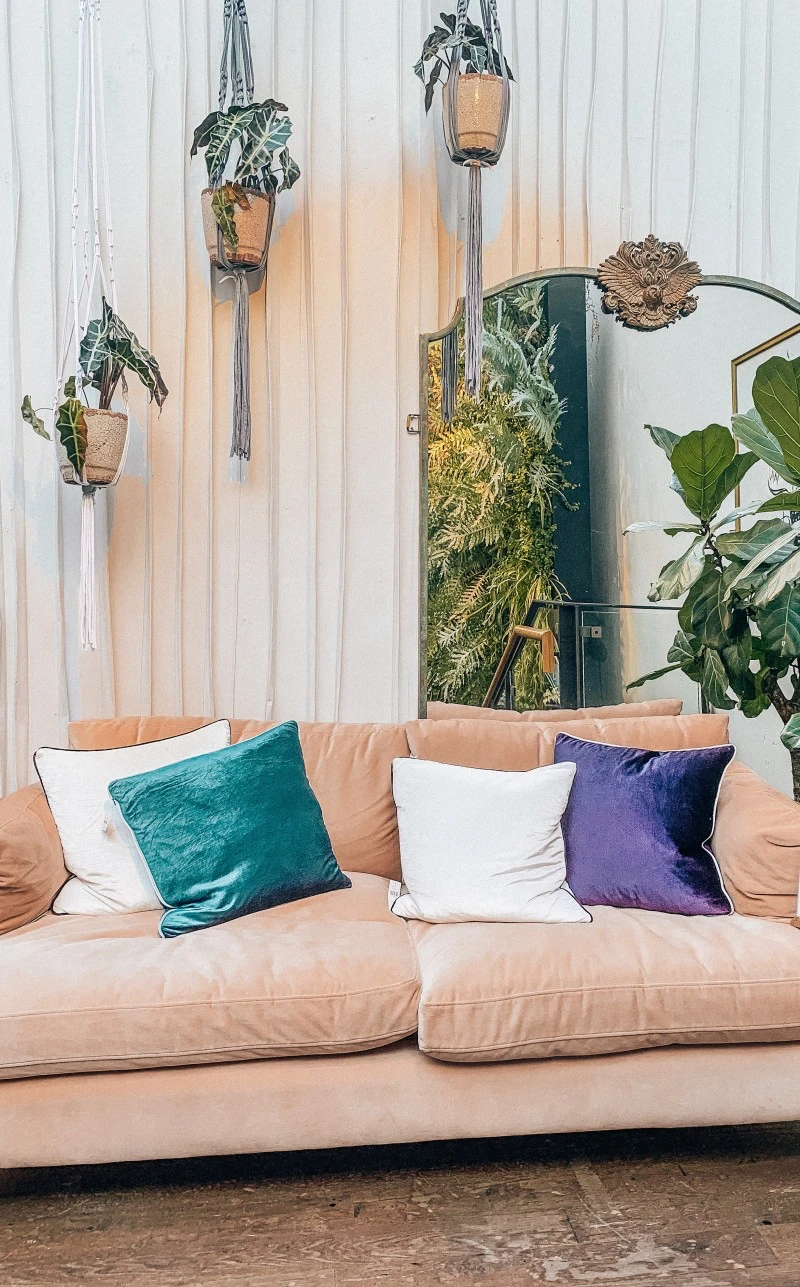
When shopping for your next sofa, look beyond color and shape and ask about ‘performance fabrics’. Brands like Crypton and Sunbrella now offer stunningly soft, residential-style textiles that are engineered to be stain, moisture, and odor-resistant. Spills literally bead up on the surface, ready to be wiped away, offering priceless peace of mind.
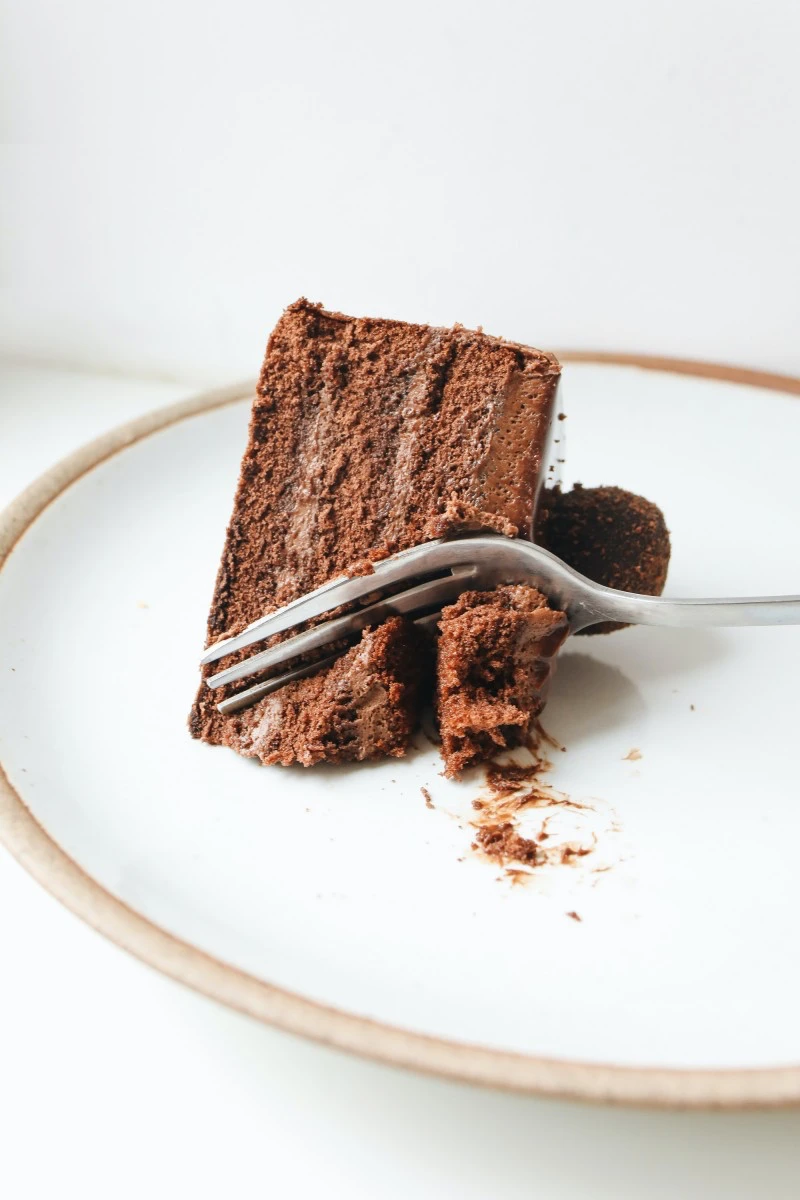
Preventative Care: Fabric Protector Spray
For everyday defense: A can of Scotchgard™ Fabric Water Shield creates a strong, invisible barrier that causes water-based spills to bead up, giving you crucial extra seconds to blot them away before they soak in.
For high-end furniture: Consider a professional-grade treatment like Vectra® Furniture & Fabric Protector, which offers deeper penetration and protection against both water- and oil-based stains without altering the fabric’s feel.
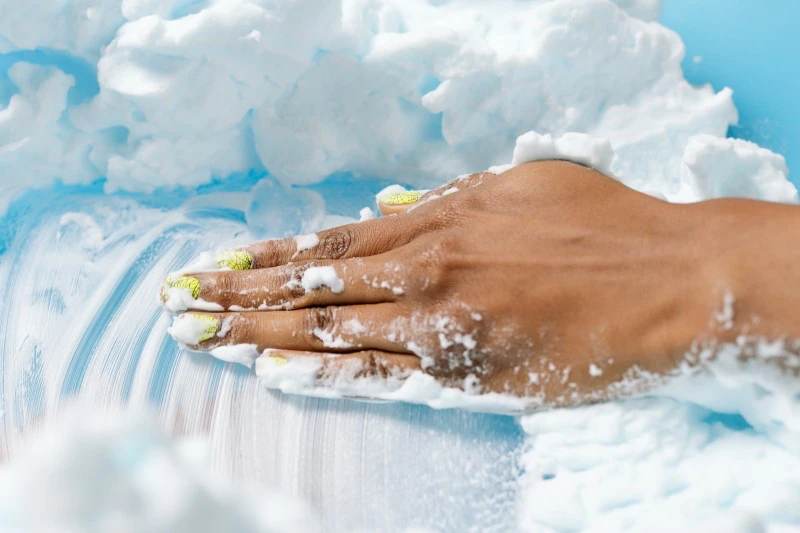
According to a survey by the American Cleaning Institute, beverage spills are the most common type of stain homeowners face on upholstery and carpets.
For a simple, effective cleaner on ‘W’ or ‘W/S’ code fabrics, you don’t need to buy a special product. Just mix a few drops of a clear, mild dish soap (like Dawn Free & Clear) into a cup of cool water. The key is ‘clear’—colored soaps can potentially transfer their dye to your upholstery. Always test on a hidden area first!










